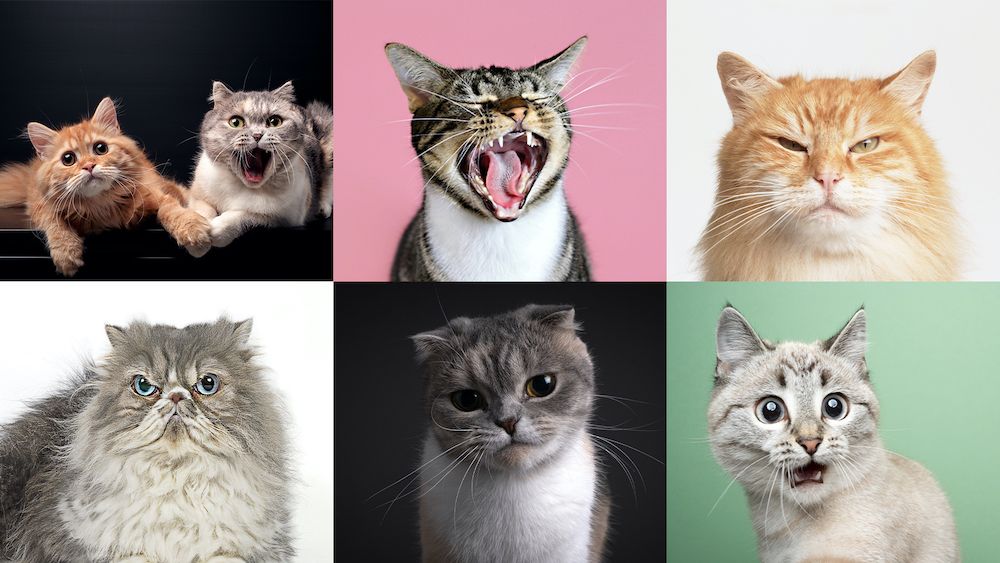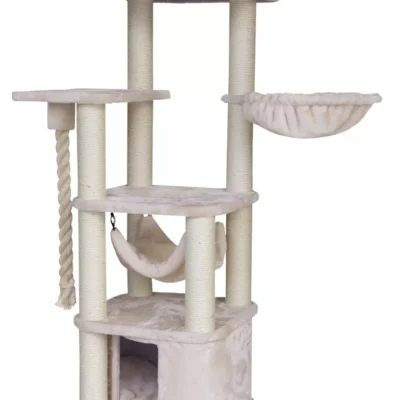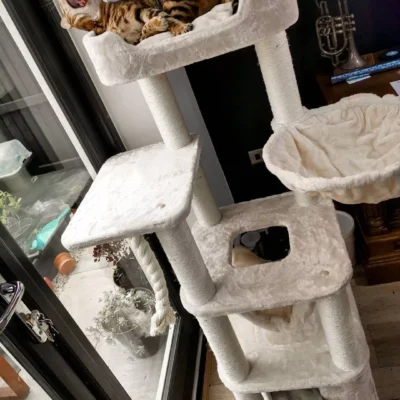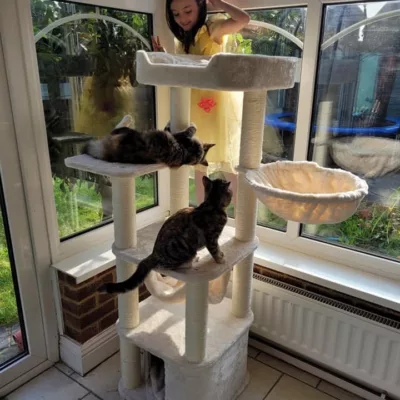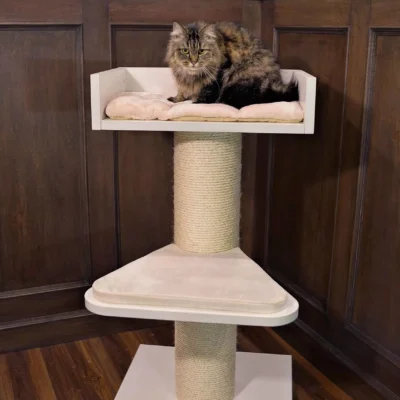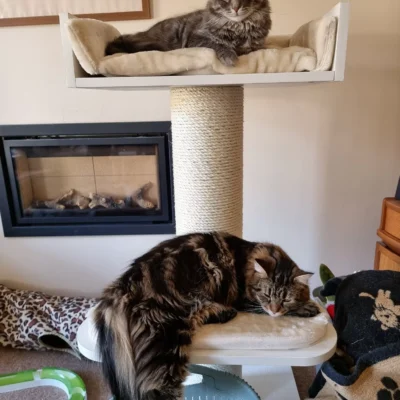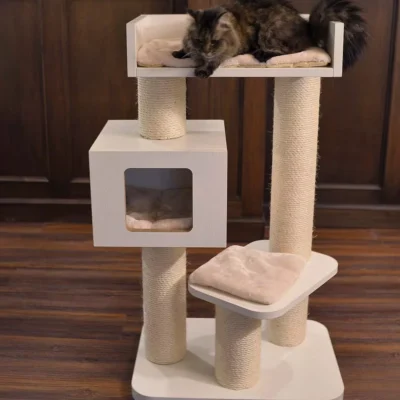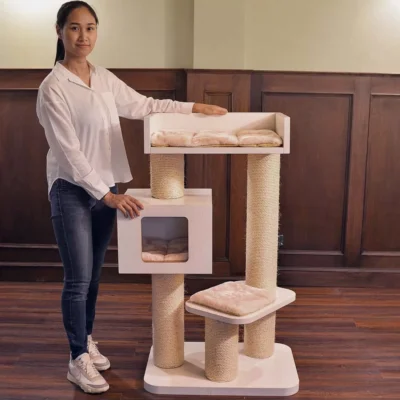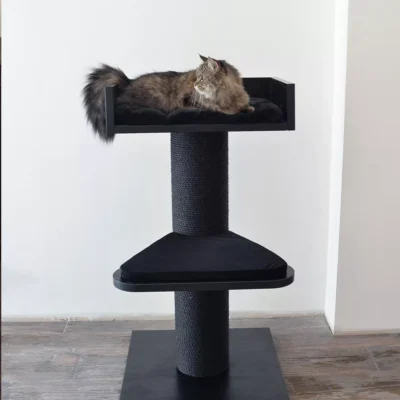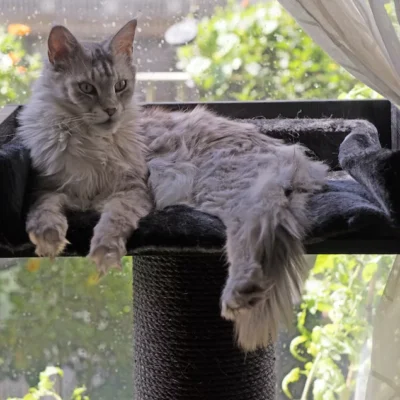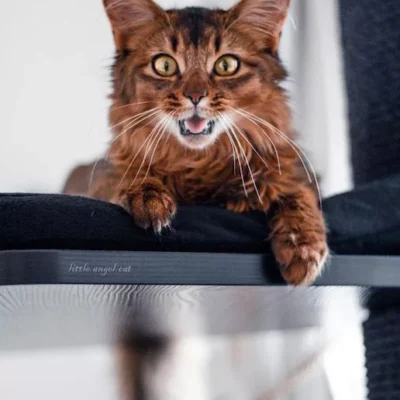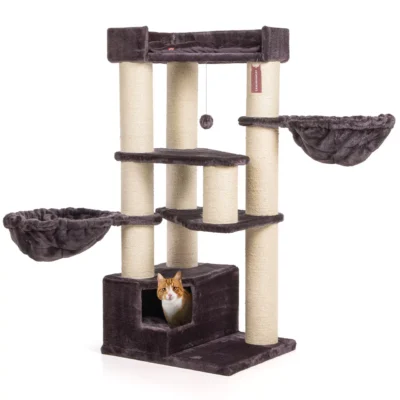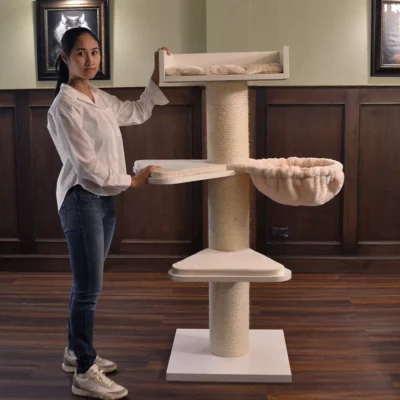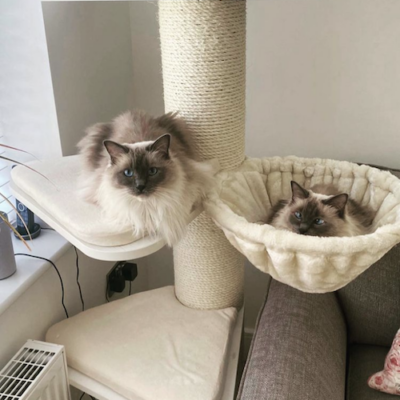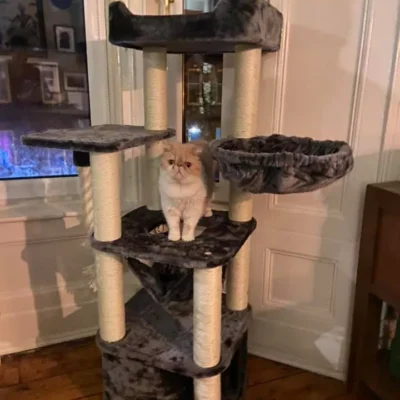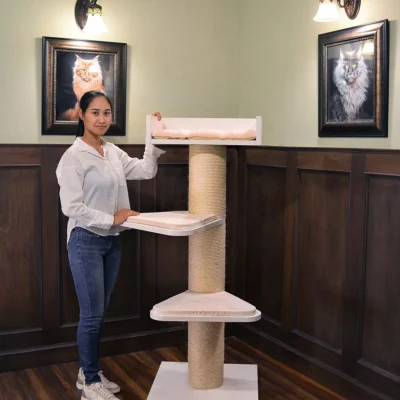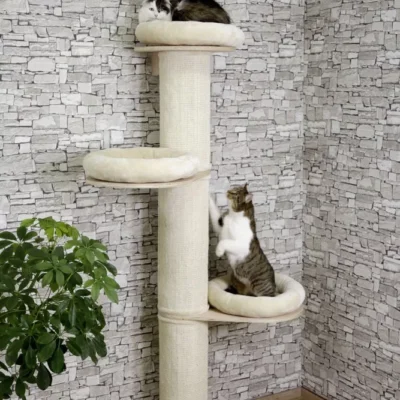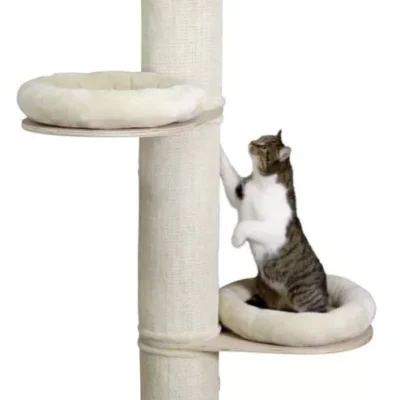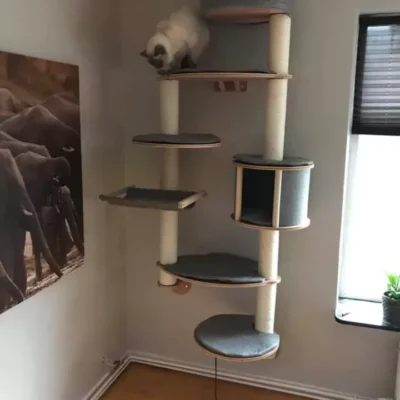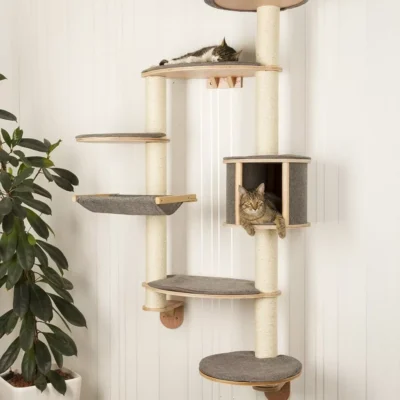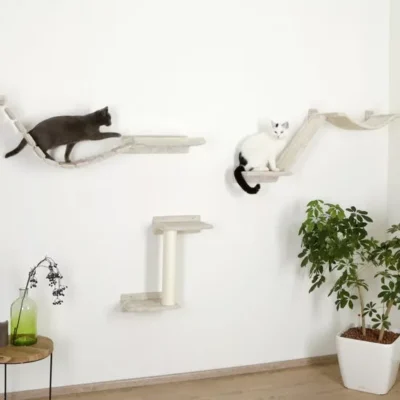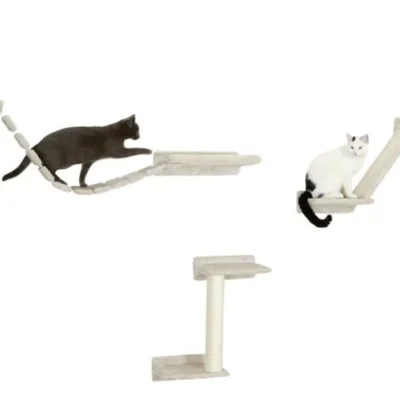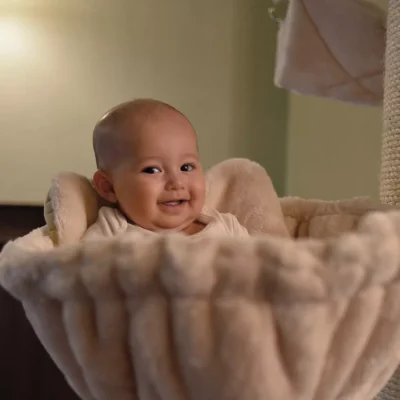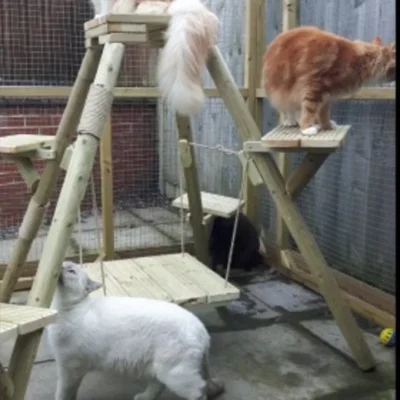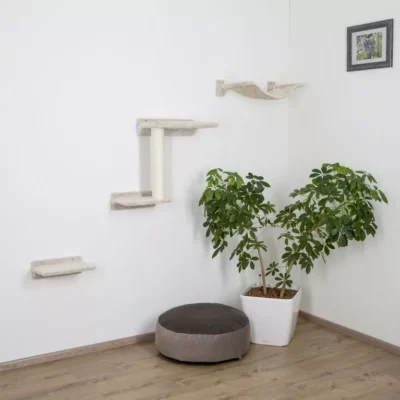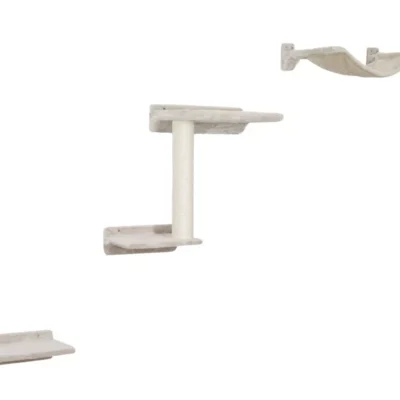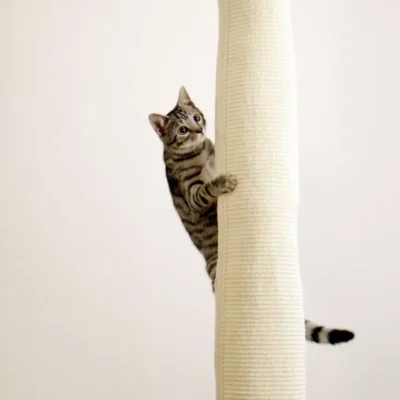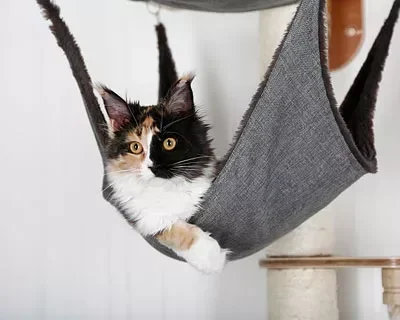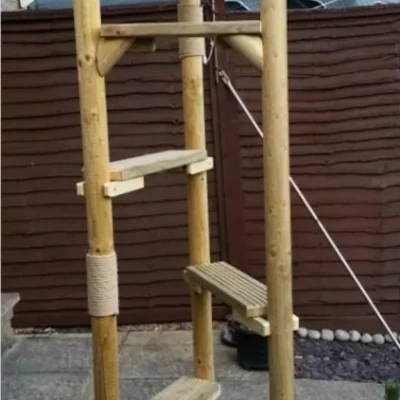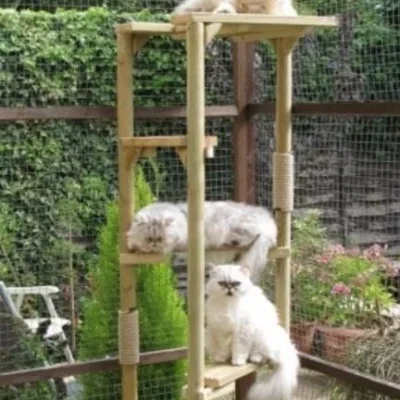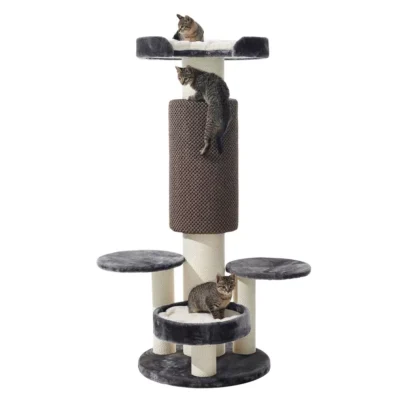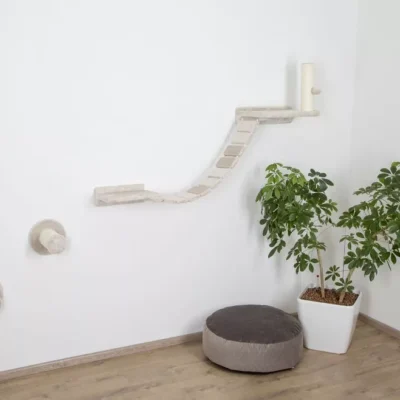0
Understanding cat body language is a crucial aspect of fostering a strong bond and effective communication with your feline companion. In this chapter, we will explore the significance of cat body language in deciphering their emotions and intentions. We will delve into the pivotal role of non-verbal cues and why cues such as the tail, ears, and whiskers are essential indicators of a cat’s mood.
Cats are inherently expressive creatures, and their primary mode of communication is through body language. In this introductory section, we will emphasize the profound significance of cat body language in their communication with humans and other animals.
Unlike humans, cats don’t use words to convey their emotions and intentions. Instead, they rely on a complex array of non-verbal cues to express themselves. Understanding these cues is not only essential for preventing misunderstandings but also for building a deeper bond with your feline friend. By the end of this section, you’ll recognize the pivotal role that body language plays in the intricate dance of communication between you and your cat.
Cats are masters of subtlety, and their emotions often manifest through a rich tapestry of non-verbal cues. In the following section, we will explore the intricate world of cat body language and its role in decoding their emotions.
A cat’s body language can convey a wide range of emotions, from contentment and affection to anxiety and fear. Simple actions like a purr, a slow blink, or a stretched-out body can convey a wealth of information about your cat’s feelings. For example, a relaxed cat with half-closed eyes and a gently twitching tail is likely content, while a cat with flattened ears, dilated pupils, and a puffed-up tail may be feeling threatened or agitated.
By gaining insight into these cues, you’ll be better equipped to understand and respond to your cat’s emotional needs. You’ll also be able to create a more harmonious and stress-free environment for your feline companion.
Certain body parts hold particular significance when it comes to deciphering a cat’s mood. In this final section, we will delve into the importance of the tail, ears, and whiskers as crucial indicators of a cat’s emotional state.
The tail, for instance, is a versatile tool for communication. The position and movement of the tail can reveal everything from playfulness to agitation. A raised tail with a slight curve at the tip often signifies a happy and confident cat, while a puffed-up tail indicates fear or aggression.
The orientation of the ears is another essential cue. Ears held forward typically indicate curiosity or engagement, while flattened ears can be a sign of fear or irritation.
Whiskers, though small, are also significant. When a cat’s whiskers are relaxed and facing forward, it generally means they are at ease. However, whiskers pulled back against the face may indicate discomfort or stress.
By understanding the pivotal role these body parts play in decoding your cat’s emotions, you’ll have a comprehensive understanding of your feline friend’s inner world. This knowledge will enable you to respond appropriately to their needs and provide them with a supportive and loving environment.
In conclusion, understanding cat body language is not just a skill but a profound act of empathy and connection with your feline companion. By delving into the significance of non-verbal cues and recognizing the importance of tail, ears, and whiskers as indicators of your cat’s mood, you’ll embark on a journey of deeper understanding and more meaningful communication with your beloved cat.
Deciphering the Tail Language: Unlocking the Secrets of Cat Communication
The tail is perhaps one of the most expressive parts of a cat’s body, conveying a wealth of information about their emotions and intentions. In this chapter, we will embark on an in-depth exploration of cat tail positions and their meanings. We will delve into the subtle nuances of a relaxed tail, a puffed-up tail, and a twitching tail. Furthermore, we will discuss how to approach and interact with a cat based on their tail signals, fostering a deeper understanding of your feline companion.
A cat’s tail is a canvas of emotions, each position painting a unique picture of their state of mind. In this section, we will unravel the mysteries of various tail positions, from the upright position of confidence and curiosity to the tucked-under tail of fear or submission.
- An upright tail often signifies a confident and curious cat. When your cat’s tail stands tall, they are likely feeling comfortable and ready to explore their surroundings.
- A tucked-under tail, on the other hand, may indicate fear or submission. When a cat tucks their tail between their hind legs, they are signaling discomfort or anxiety.
- A raised tail with a slight curve at the tip often signifies a happy and confident cat.
- A puffed-up tail can be a sign of agitation or fear. It indicates that the cat feels threatened or stressed.
We’ll explore the meanings behind a raised tail, a wrapped-around tail, and everything in between, offering you a comprehensive guide to understanding the rich language spoken by your cat’s tail.
The nuances of tail language extend beyond mere positions to encompass movements and appearances. In the following section, we will differentiate between a relaxed tail, a puffed-up tail, and a twitching tail.
- A relaxed tail, often seen when a cat is at ease, hangs loosely and naturally from the base of the spine.
- A puffed-up tail indicates heightened arousal or agitation. The cat fluffs up its tail to appear larger and more intimidating to potential threats.
- A twitching tail can be a sign of excitement or irritation. Cats may twitch their tails when focused on prey or when annoyed.
By understanding the reasons behind these variations, whether it’s the thrill of play, the anticipation of a hunt, or the warning signs of irritation, you’ll be able to decipher the subtleties of tail language and respond appropriately to your cat’s cues.
Tail signals are not just windows into a cat’s emotions; they also serve as guideposts for our interactions with them. In this final section, we will provide practical advice on how to approach or interact with a cat based on their tail signals.
- When a cat displays a relaxed and upright tail, they are likely in a receptive mood and open to interaction. Approach them calmly and gently.
- If a cat’s tail is puffed up or twitching, give them space and avoid any sudden movements. They may be agitated or overstimulated.
- When a cat tucks its tail between its legs, it’s best to provide a quiet and safe space for them to destress. Avoid approaching until they feel more at ease.
By adhering to these guidelines, you can ensure that your interactions with your cat are respectful and enjoyable for both you and your feline companion.
In conclusion, deciphering the tail language of cats is a skill that deepens the bond between humans and their feline friends. By exploring cat tail positions and their meanings, understanding the difference between a relaxed tail, a puffed-up tail, and a twitching tail, and learning how to approach or interact with a cat based on their tail signals, you’ll become fluent in the intricate and fascinating language of your cat’s tail.

